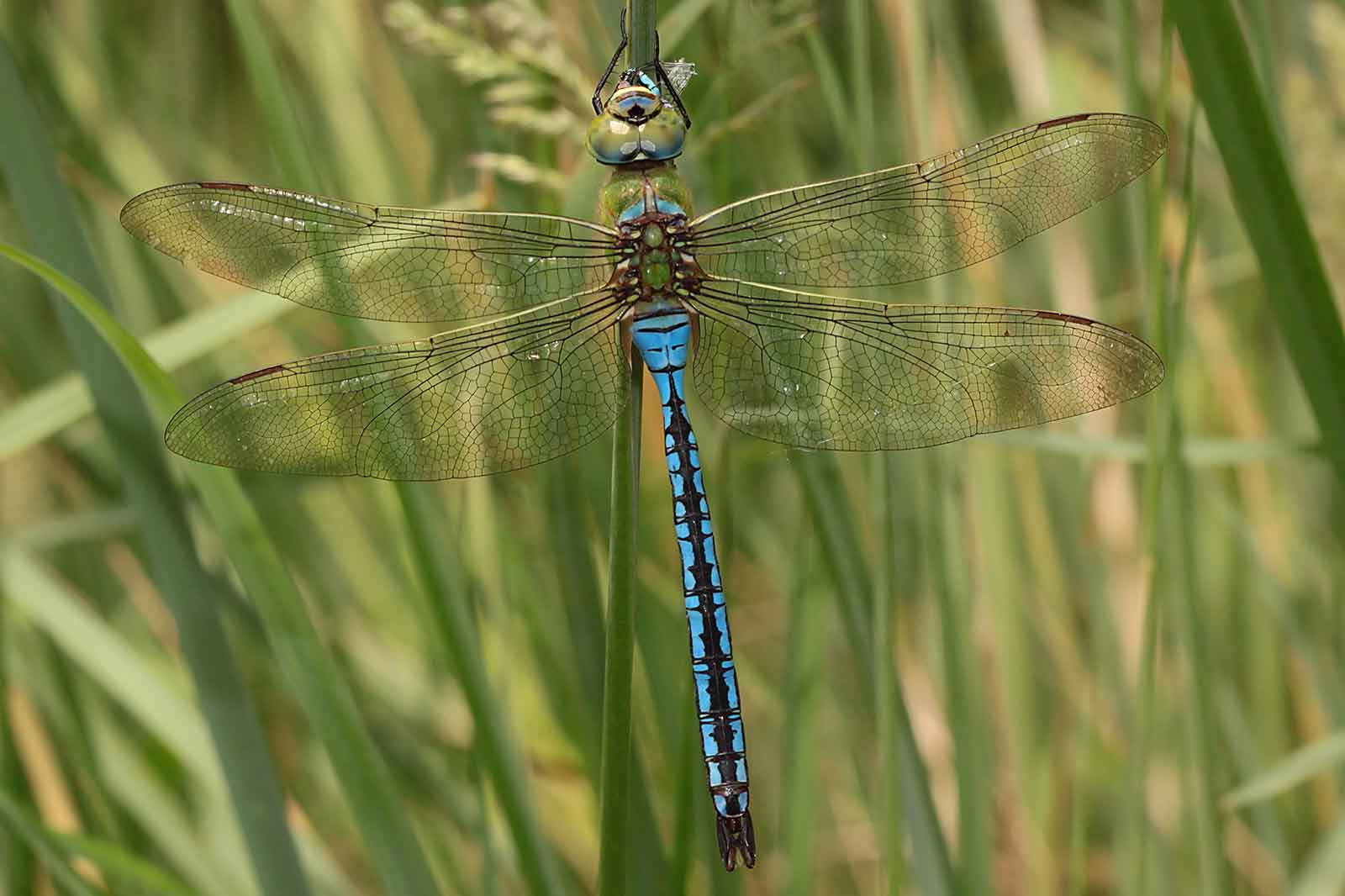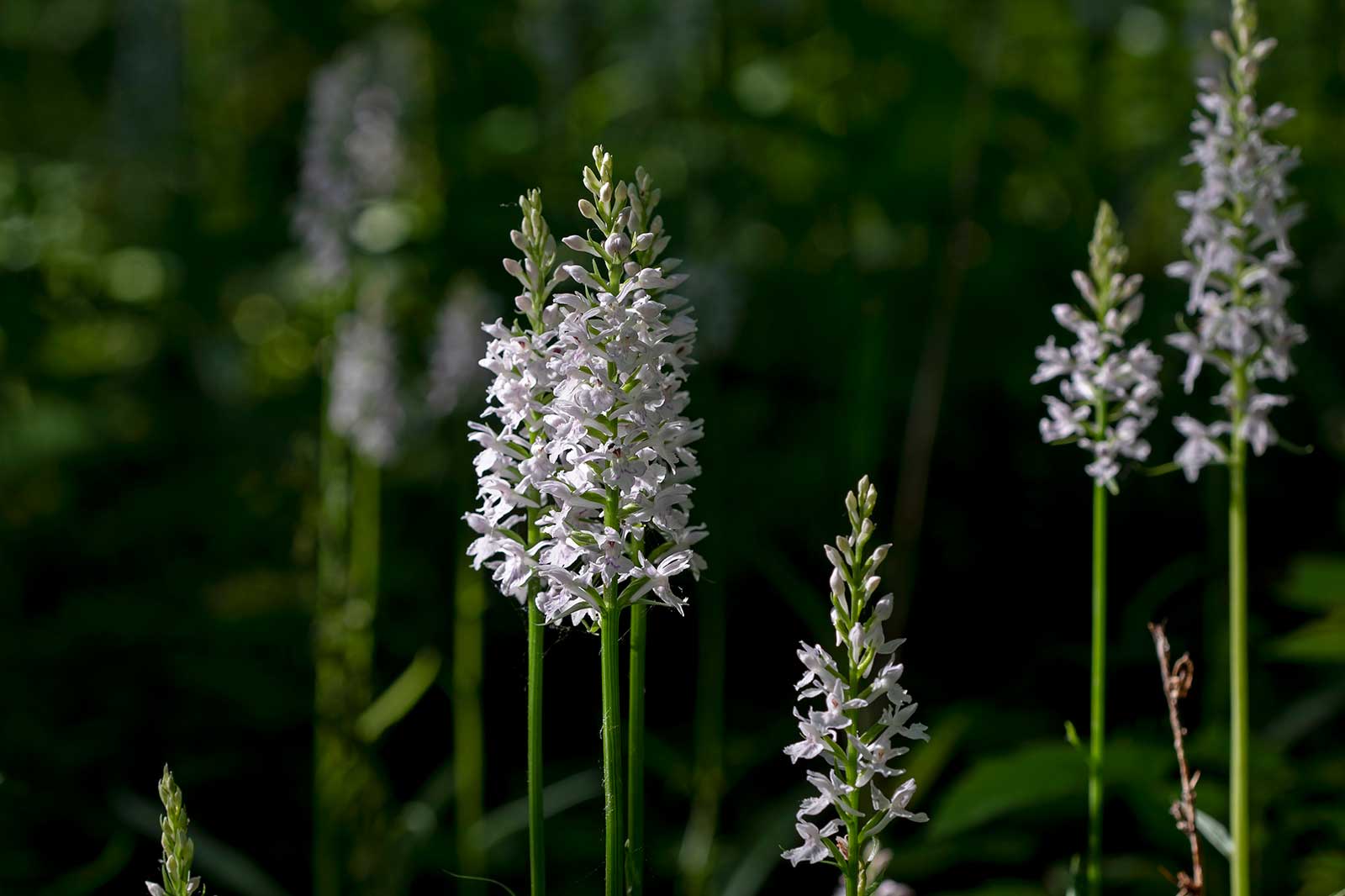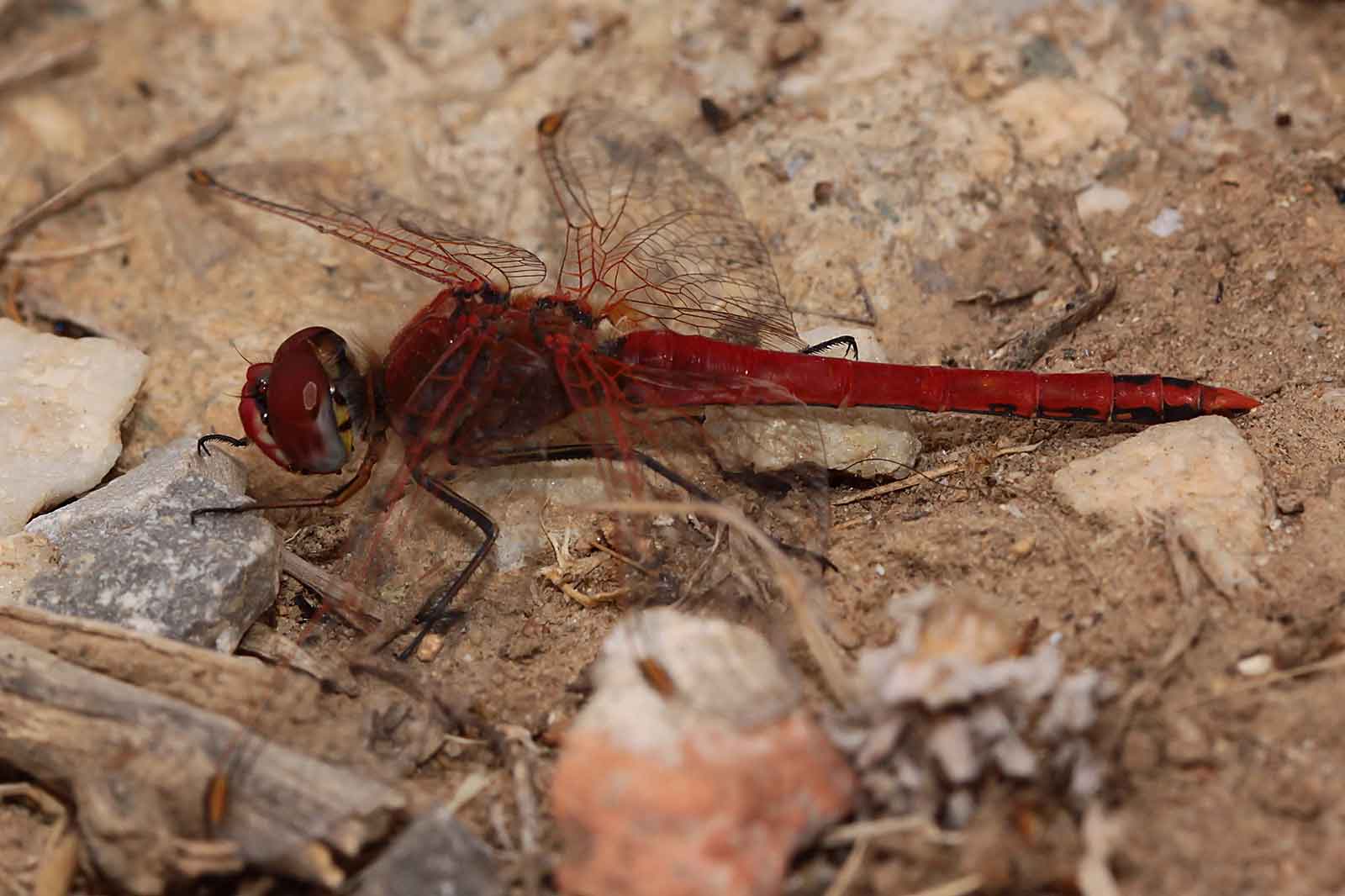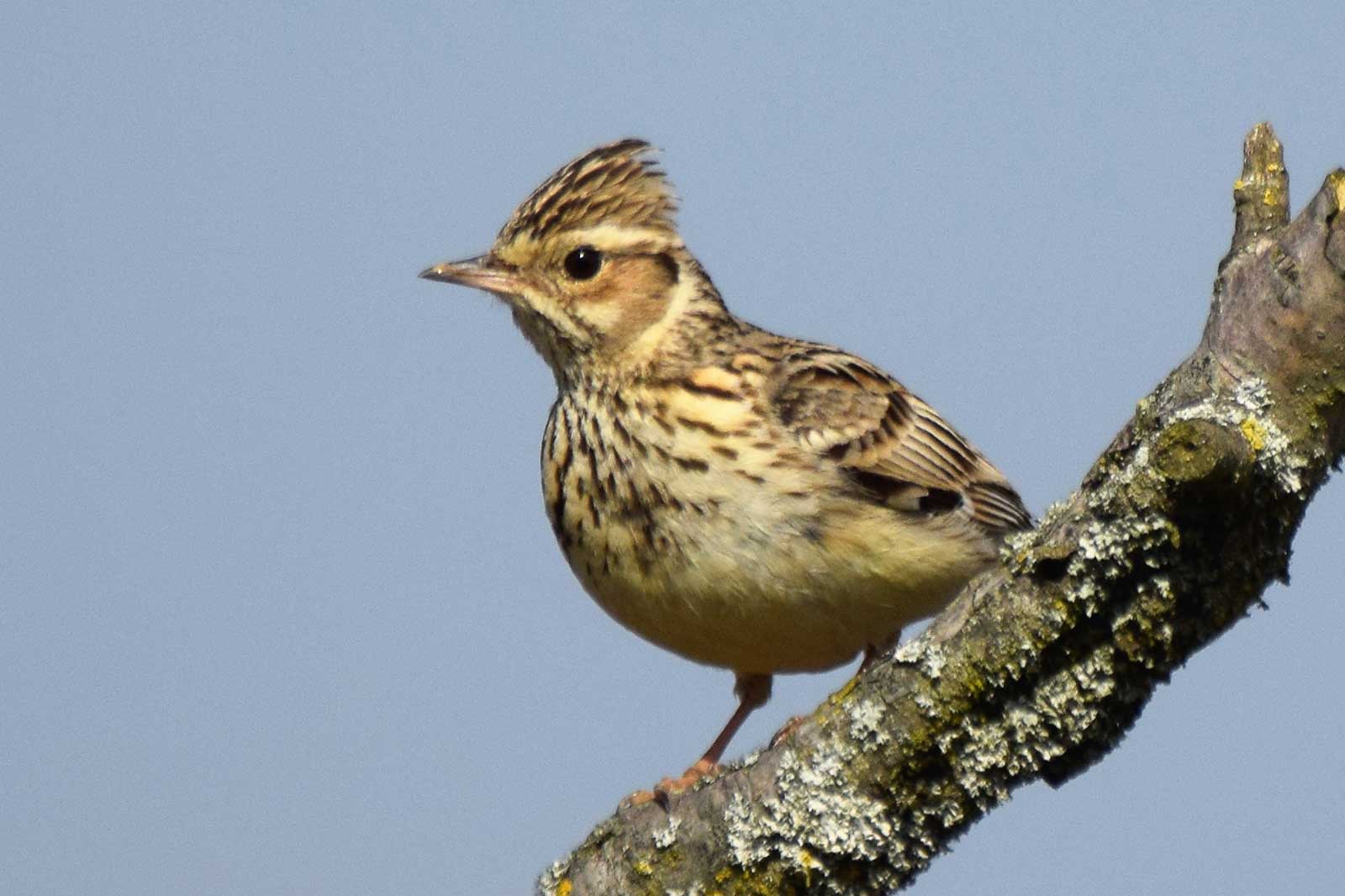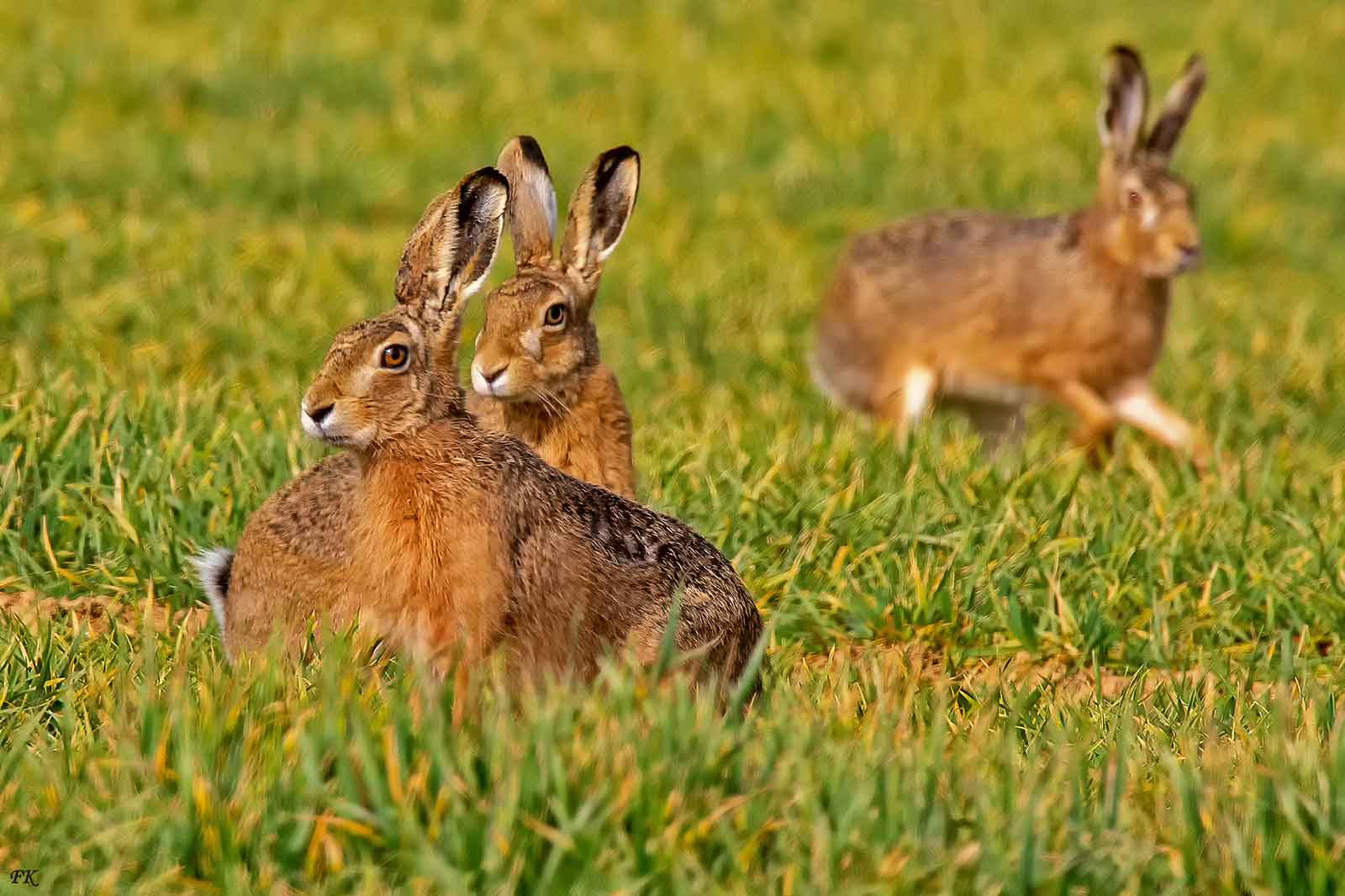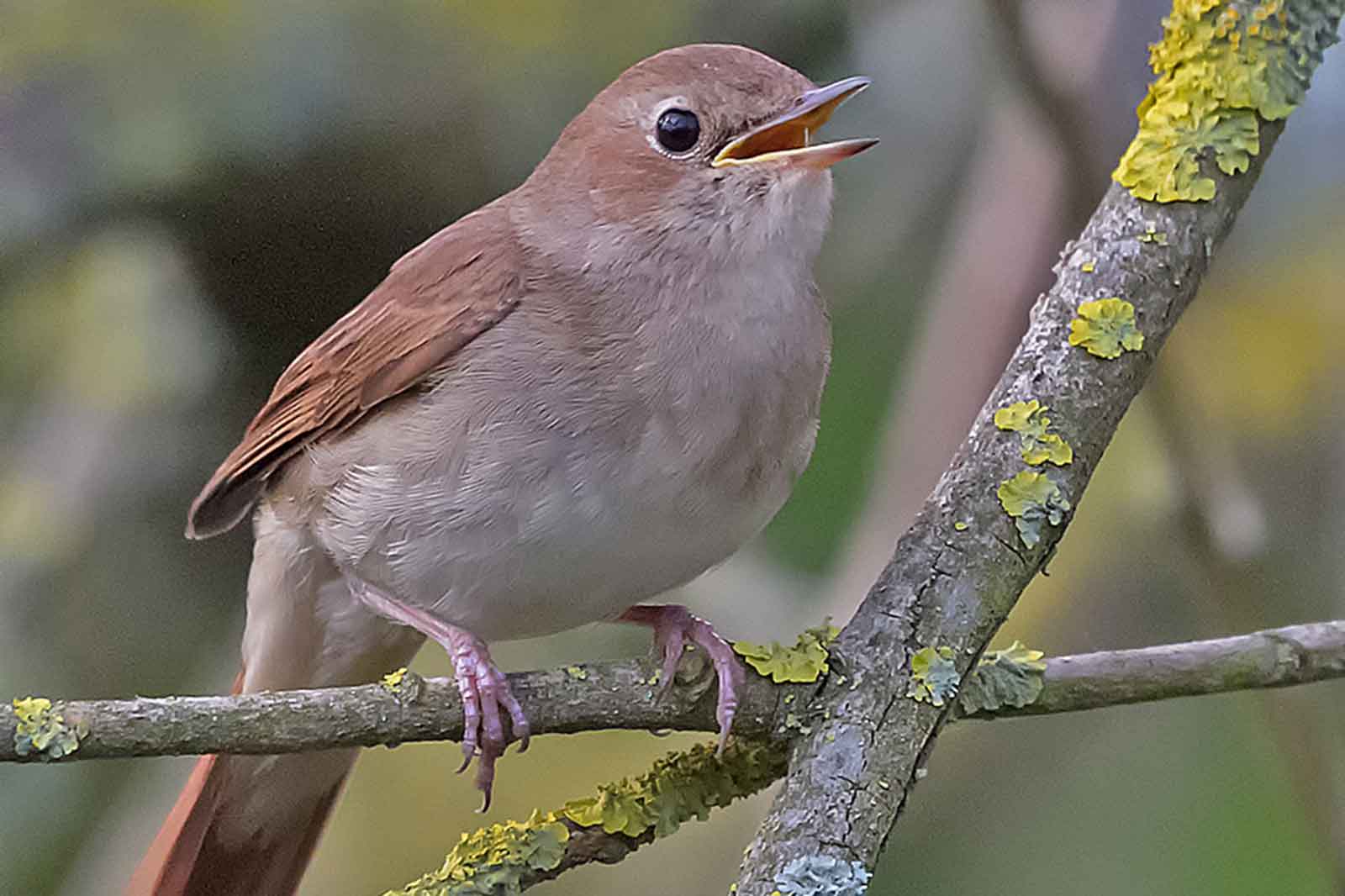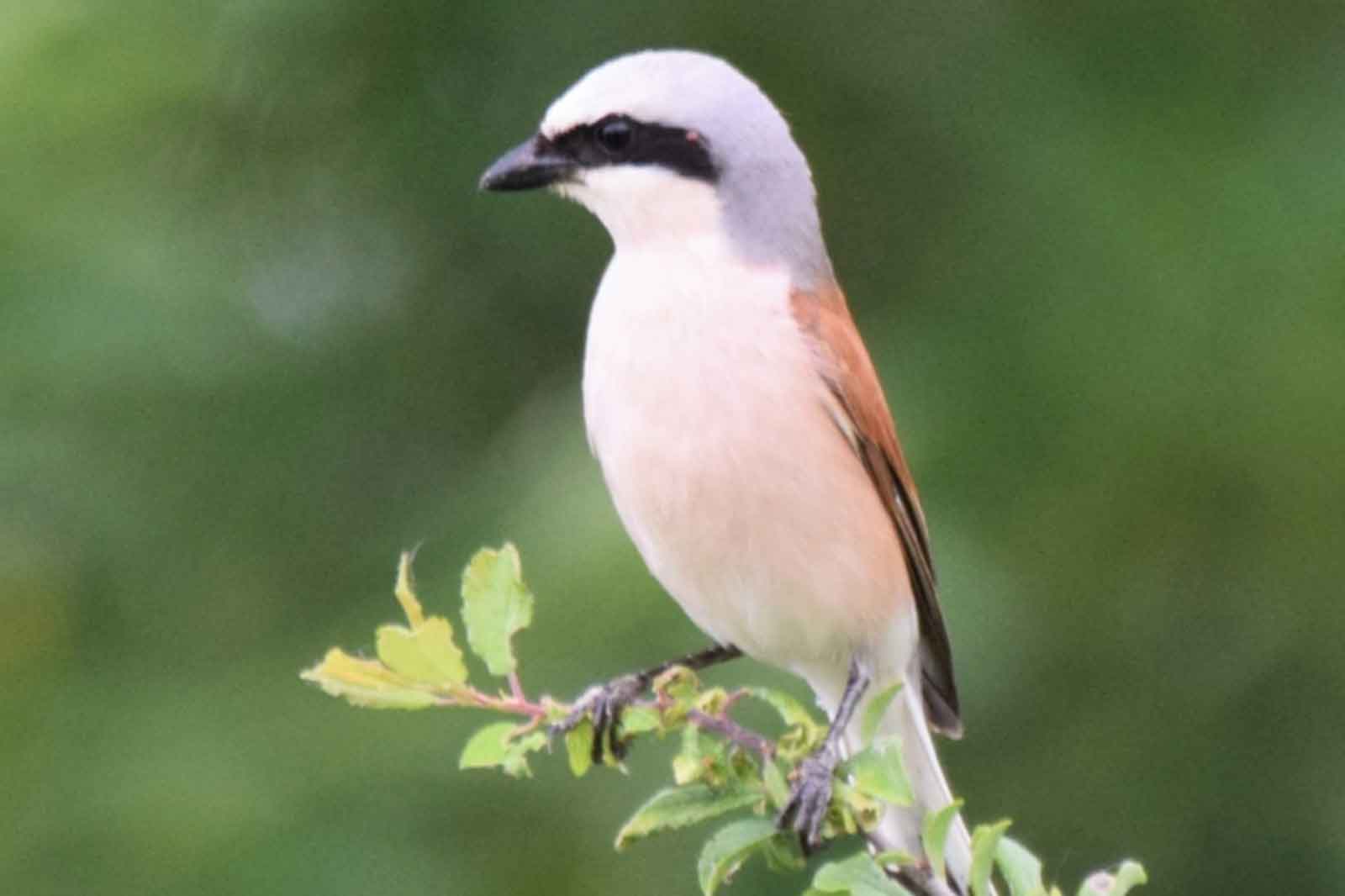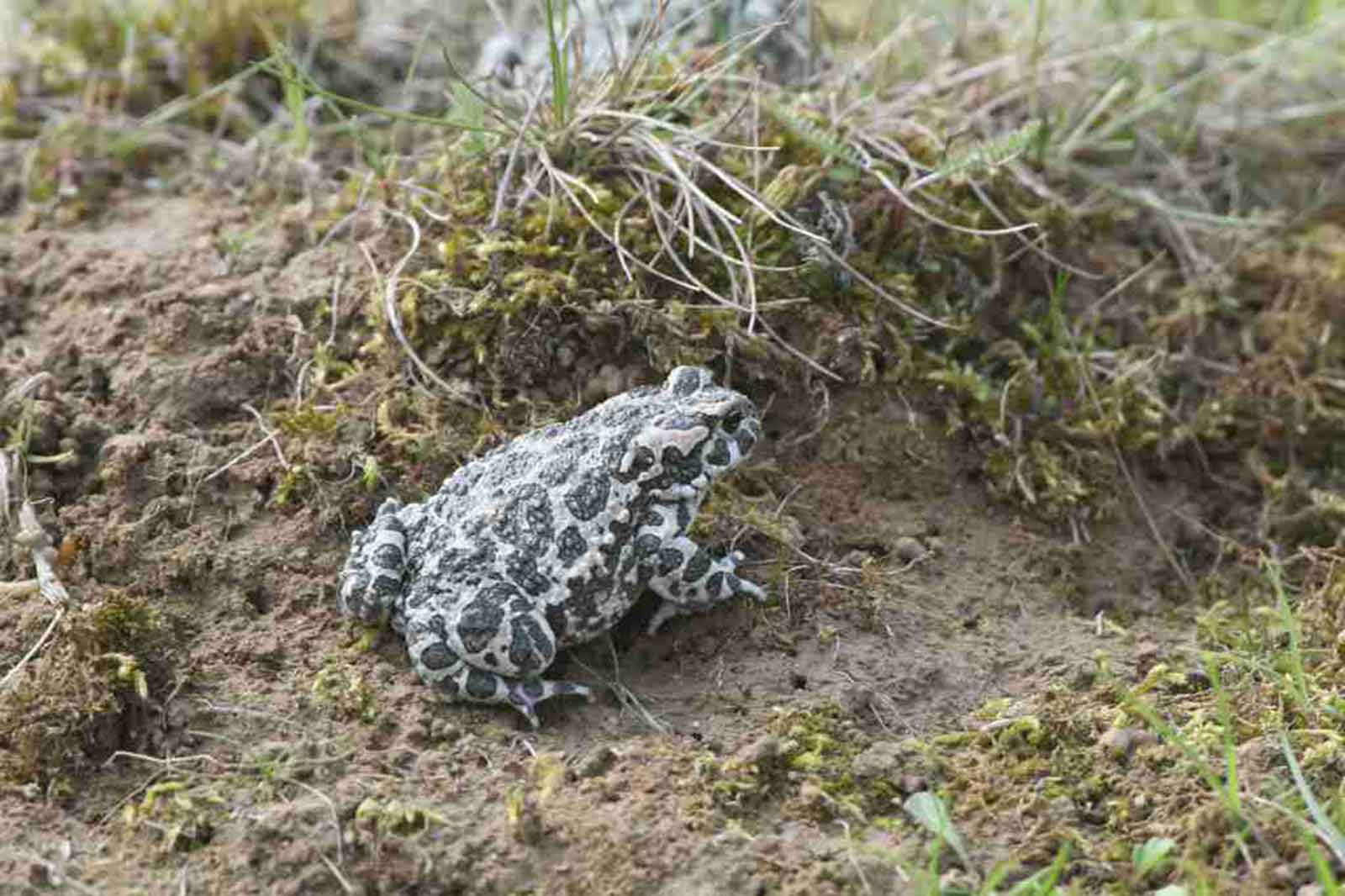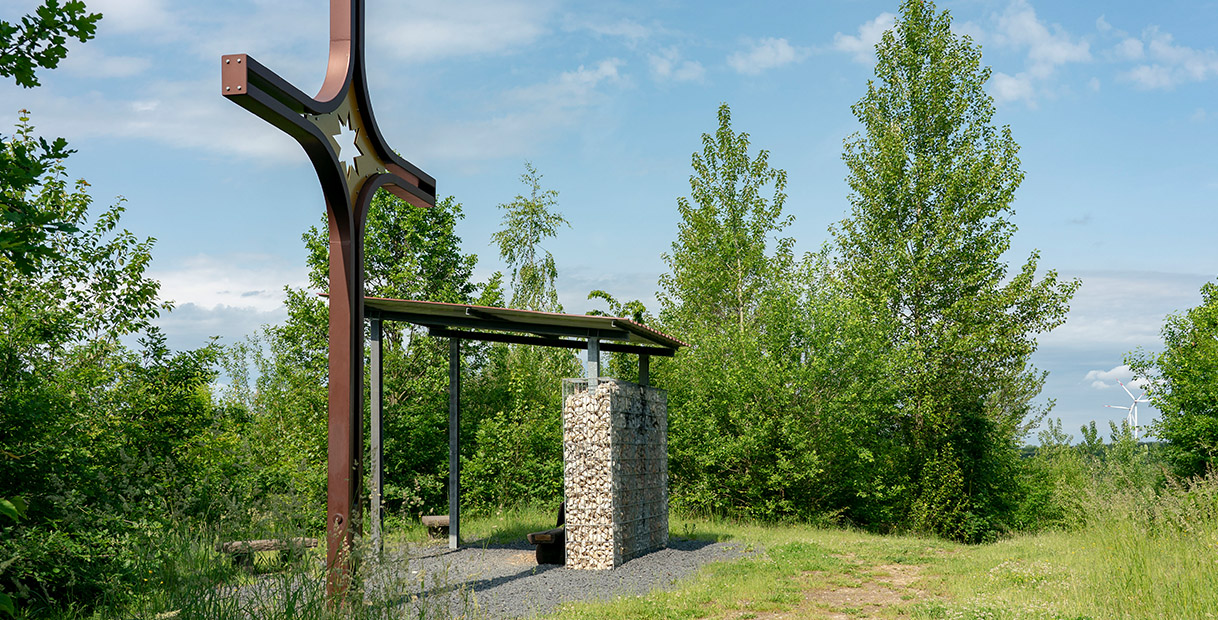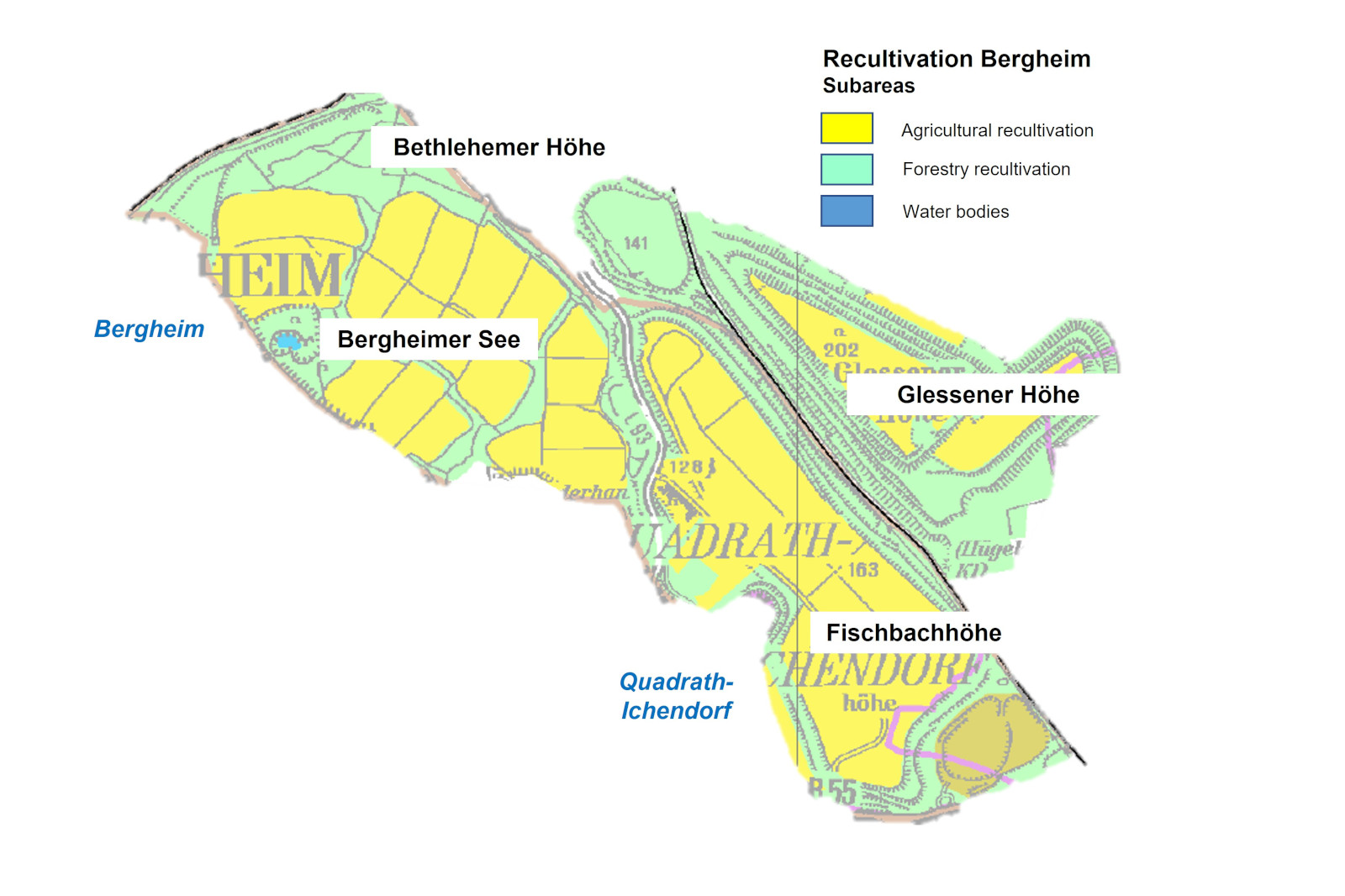
Completed recultivation
Forestry recultivation: approx. 280ha
Agricultural recultivation: approx. 440ha
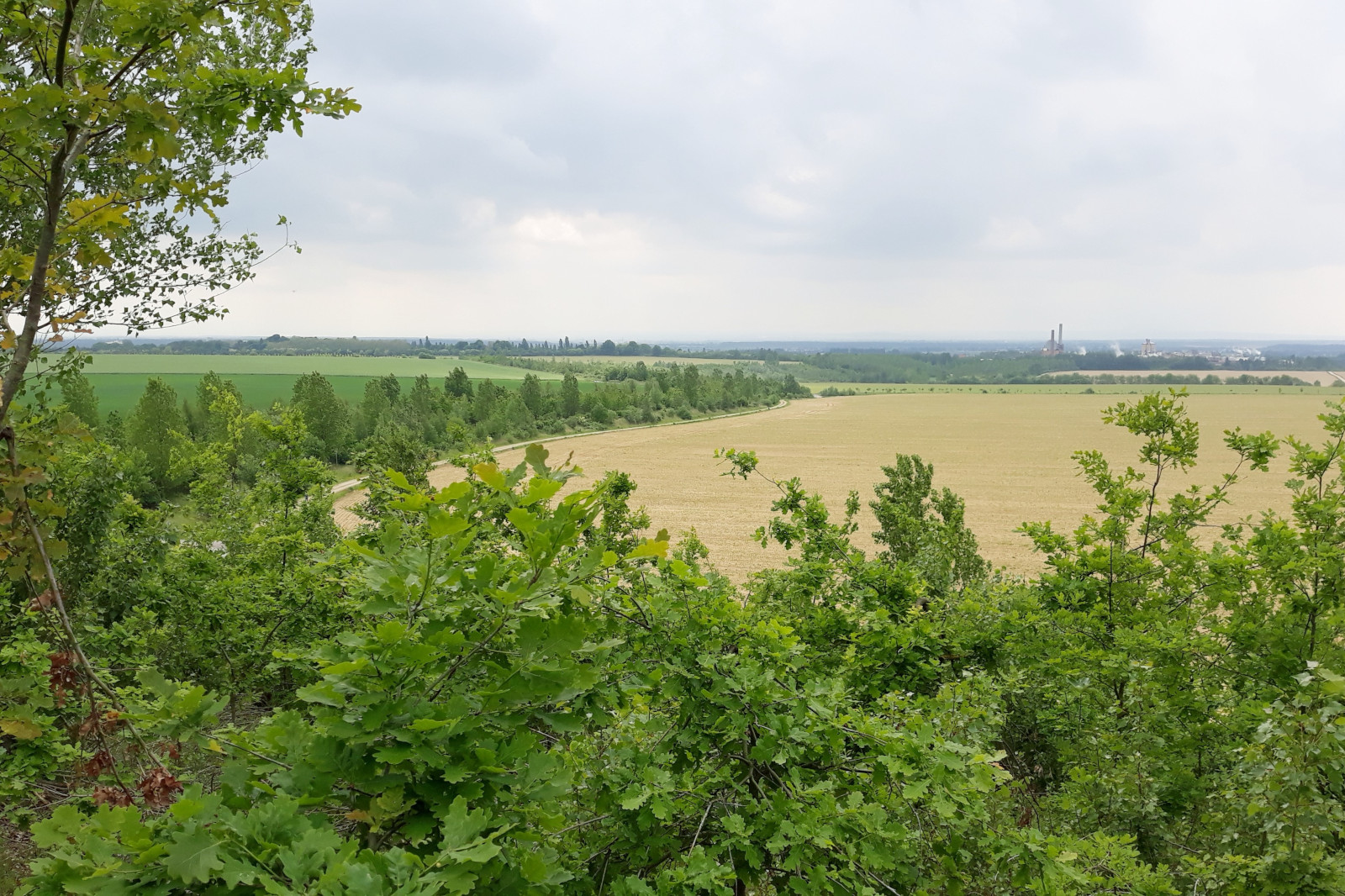
History
The Bergheim opencast mine commenced operation in 1984 and has been fully depleted since 2002. Its purpose was to fill the supply gap with high-quality coal in between the depletion of the Fortuna-Garsdorf opencast mine and the opening of the Hambach opencast mine. Starting in 1996, the pit was filled with overburden from the Hambach opencast mine transported on a 15-kilometre belt conveyor. The opencast mine was completely filled with overburden and recultivated by the end of 2011. The recultivated Glessener Höhe outside dump and the slightly raised Fischbachhöhe inside dump of the former Fischbach, Beisselsgrube and Fortuna opencast mines are located to the south-east of the site.
Subareas
As in Frechen and Fortuna-Garsdorf, the recultivation of the Bergheim opencast mine is focused on agriculture. Larger green belts along the ditches and forest areas are also found here, embedded in the farmlands, along with the Bergheimer See and various ponds and pools. A new forest area has been established on the Bethlehemer Höhe in place of the original Bethlehemer Wald. The forest area forming part of the recultivated area is 13ha larger than the forest that was cleared for the opencast mine. An attractive recreational area close to the city has been created here through recultivation. Recreational use of the area surrounding Bergheim is further enhanced by a network of hiking trails totalling around 40km. Monuments identify the region’s landscape and cultural history features for strollers, cyclists and other visitors.
The Glessener Höhe is the overburden dump of the Fortuna-Garsdorf opencast lignite mine, created and recultivated between 1955 and 1970. Its steep slopes are forested with poplars, beech, oaks and spruce. The plateau is used for agriculture.
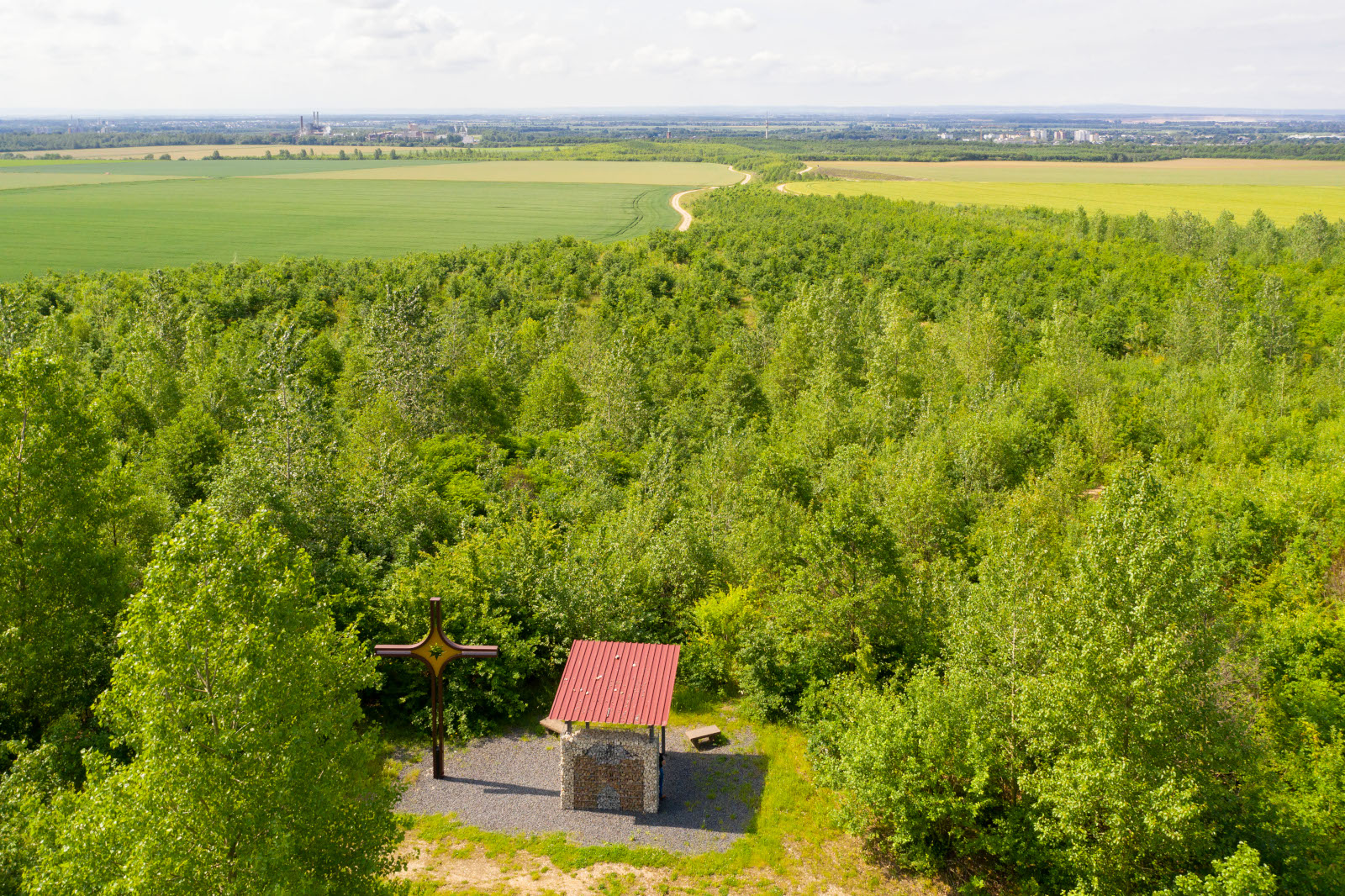
Special ecological features
Around 440 plant and fungus species and approximately 300 animal species have been recorded in the Bergheim recultivated area to date, and a systematic study of some animal groups is still pending. Many of these species are endangered and on the Red List.
Some of the rare and endangered animal and plant species are:
Birds: Honey buzzard, skylark, wood lark, red-backed shrike, nightingale
Mammals: Brown hare, wild rabbit
Amphibians: Natterjack toad, green toad
Reptiles: Sand lizard, slow-worm
Wild bees: Orange-tailed mining bee, southern bronze furrow bee, variable nomad bee
Grasshoppers: Blue-winged grasshopper
Butterflies: Grizzled skipper, green hairstreak, white-letter hairstreak, wall brown
Dragonflies: Small spreadwing, emperor dragonfly, red-veined darter
Orchids: 6 different native species, including heath spotted orchid
See our lists of species for more.
